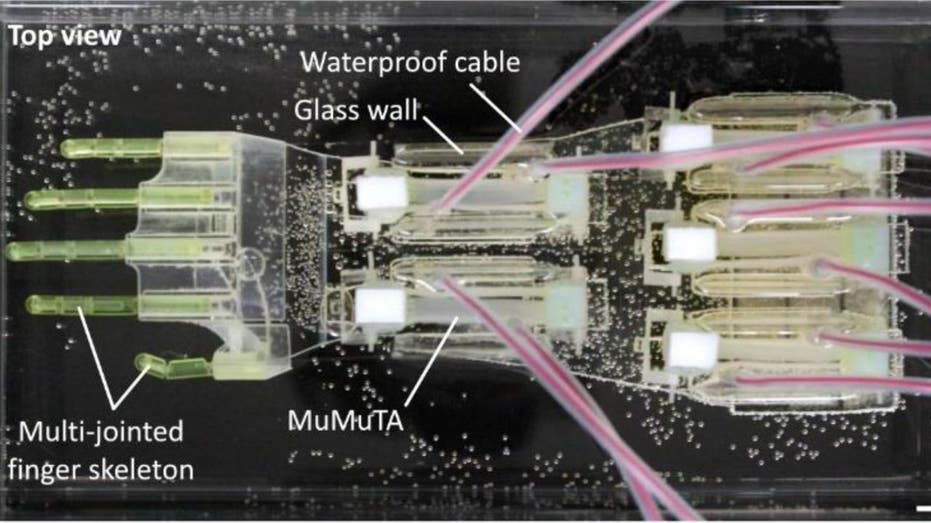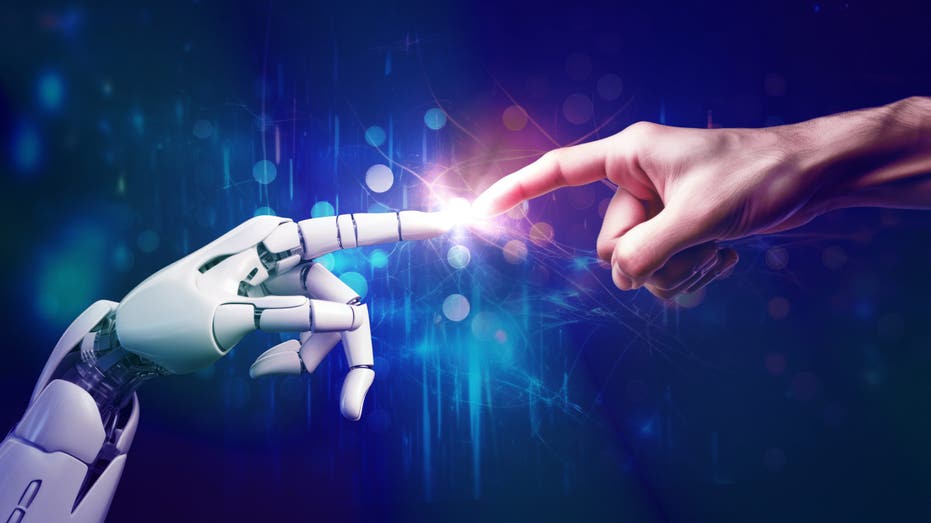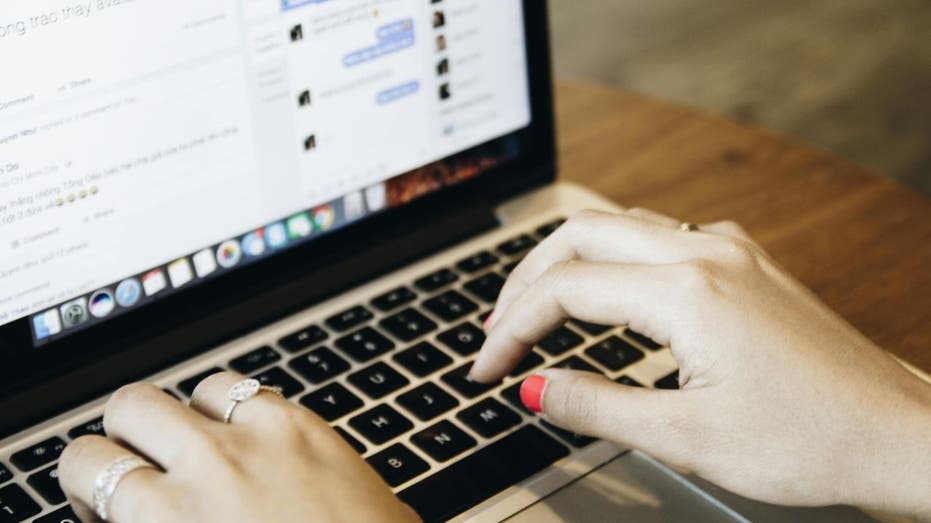The 2025 Terminator? Lab-Grown Muscle Brings Biohybrid Robot Hand to Life

Sarah Johnson
March 3, 2025
Brief
Japanese researchers have developed a biohybrid hand combining lab-grown muscle tissue and robotics, mimicking human movement and fatigue, signaling a breakthrough for future prosthetics and robotics.
In a breakthrough that feels like it was plucked straight out of a sci-fi movie, researchers at the University of Tokyo and Waseda University in Japan have unveiled a biohybrid hand. This isn't just another robot—it's a fusion of lab-grown muscle tissue and mechanical engineering that can grip and make gestures like a real human hand. Yes, the future really is here.
While soft robots and advanced prosthetics are making waves, combining living tissue with machines is still a rarity. The emerging field of biohybrid science has given us some notable examples, like artificial fish powered by human heart cells and robots that use locust ears for hearing. However, this biohybrid hand signals a major leap forward in bringing this technology to practical applications.
The team started by growing muscle fibers in the lab, but they quickly realized these delicate tissues needed reinforcement. Enter "multiple tissue actuators," or MuMuTAs, a neat little invention that bundles muscle fibers for extra strength. Shoji Takeuchi, a researcher from the University of Tokyo, described their creation as akin to rolling sushi. By layering thin strands of muscle tissue, they achieved enough contractile force for the hand's movements.
One fascinating discovery? The hand gets tired, just like ours. After 10 minutes of action, its muscle force dwindled, but after an hour of rest, it bounced back. That lifelike fatigue and recovery hint at the incredible potential of this technology to mimic biological systems.
Of course, the hand is still a proof of concept. During tests, it was floated in liquid to minimize friction, and researchers acknowledge there are hurdles to overcome, like preventing muscle segments from reverting to neutral positions after flexing. Yet, by bundling tissues into MuMuTAs, they've cracked a major issue: scaling up biohybrid devices, which were previously limited to just about a centimeter in size.
Why does this matter? Beyond the futuristic cool factor, this innovation could revolutionize advanced prosthetics, offering lifelike movement and responsiveness. It may also become a powerful tool for studying muscle function, testing surgical procedures, and developing muscle-targeting drugs. A robot hand that gets tired like a human? The possibilities are endless.
The biohybrid hand is an exciting glimpse into a world where machines and biology seamlessly blend. While it's still early days, advancements like MuMuTAs are paving the way for a new era of robotics and prosthetics. The line between human and machine just got a little blurrier—and a lot more interesting.
Topics
Editor's Comments
It’s hard not to marvel at the sushi-inspired engineering here—leave it to science to turn culinary techniques into robotic breakthroughs. The fact that this hand gets tired, like us, makes you wonder: If robots one day need coffee breaks, do we still call them machines?
Like this article? Share it with your friends!
If you find this article interesting, feel free to share it with your friends!
Thank you for your support! Sharing is the greatest encouragement for us.



